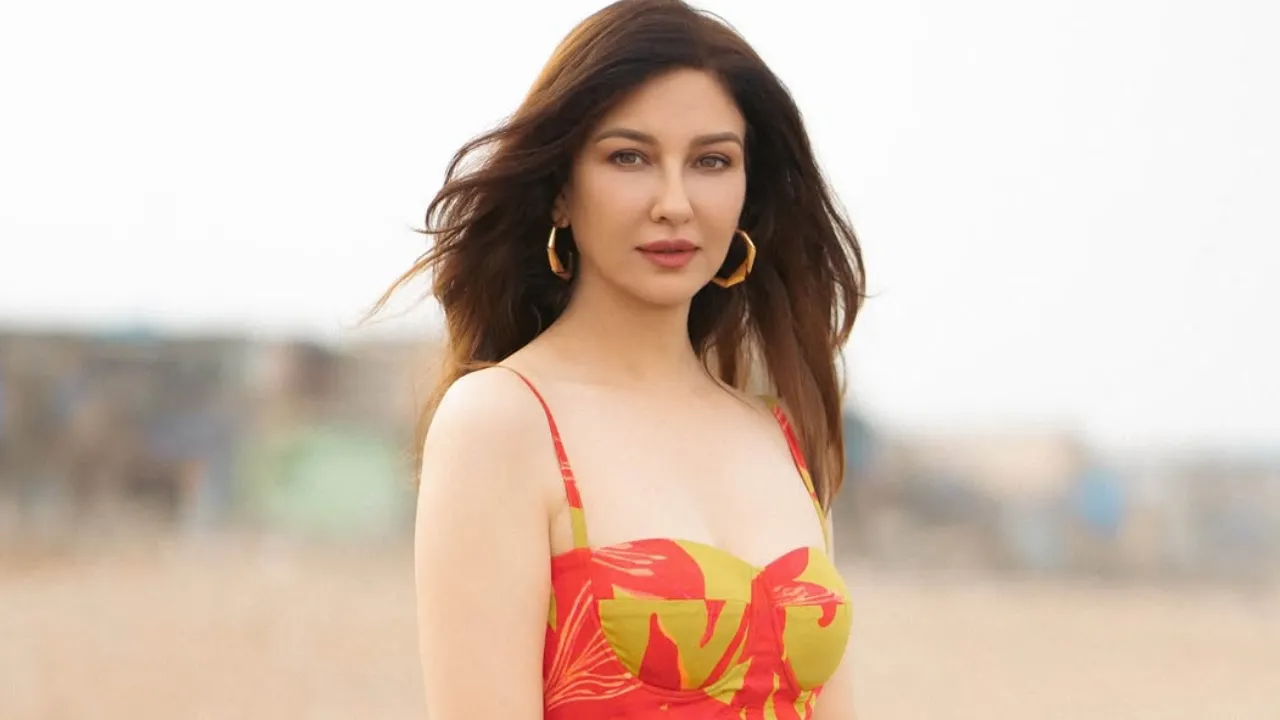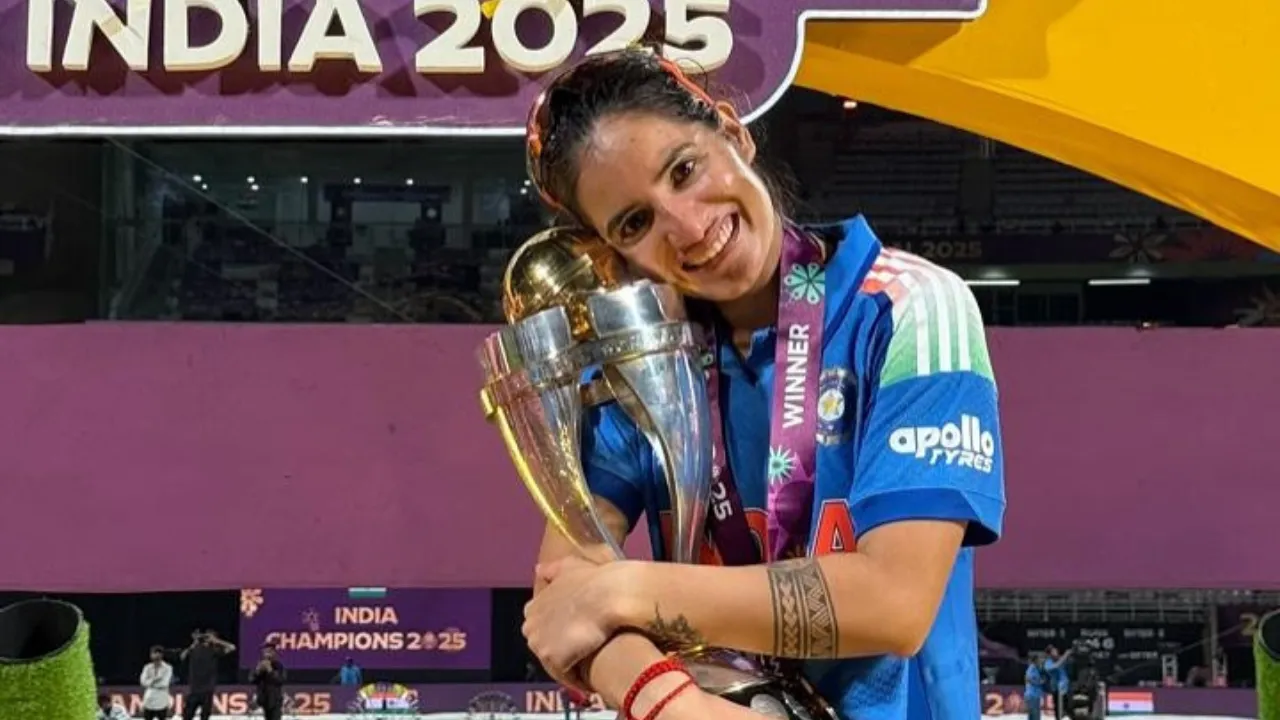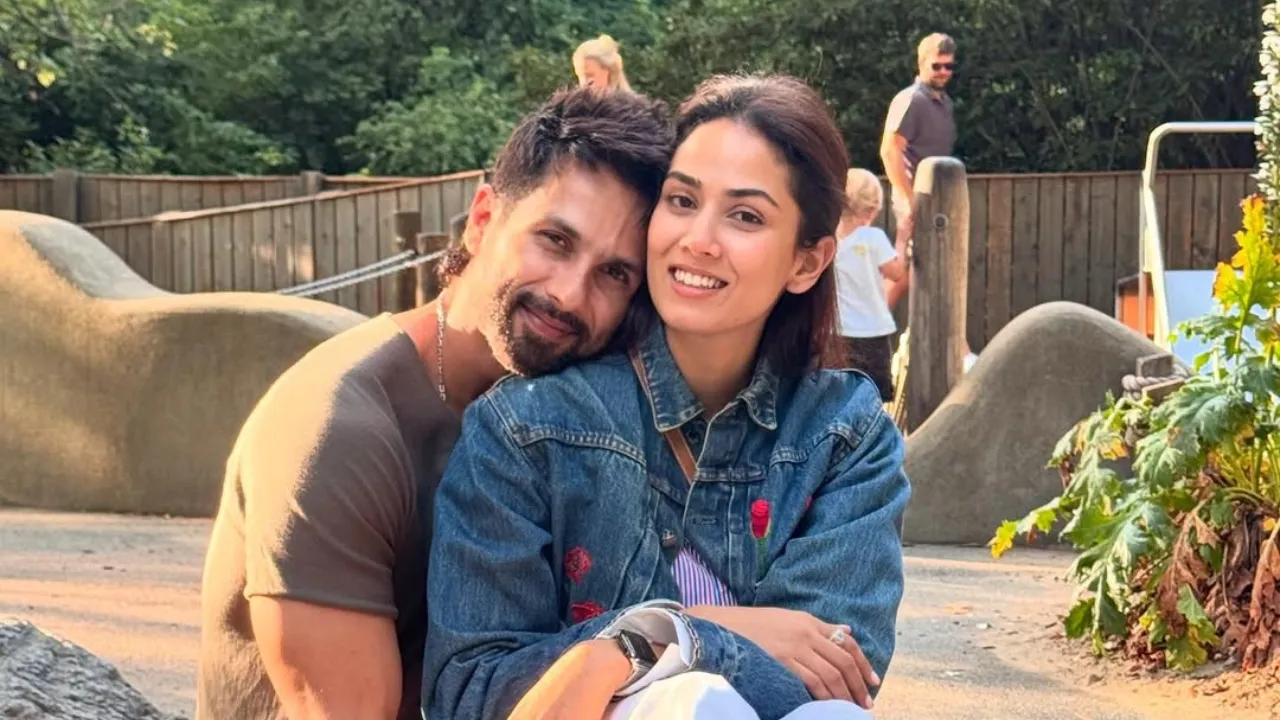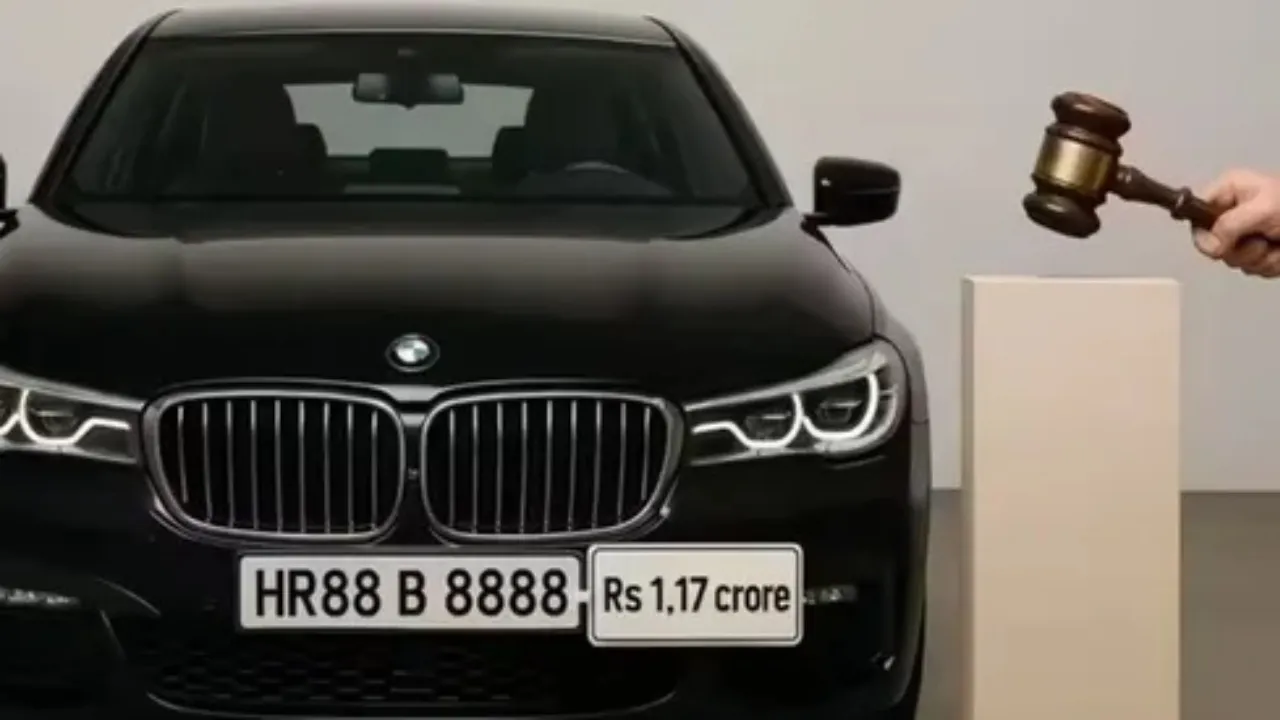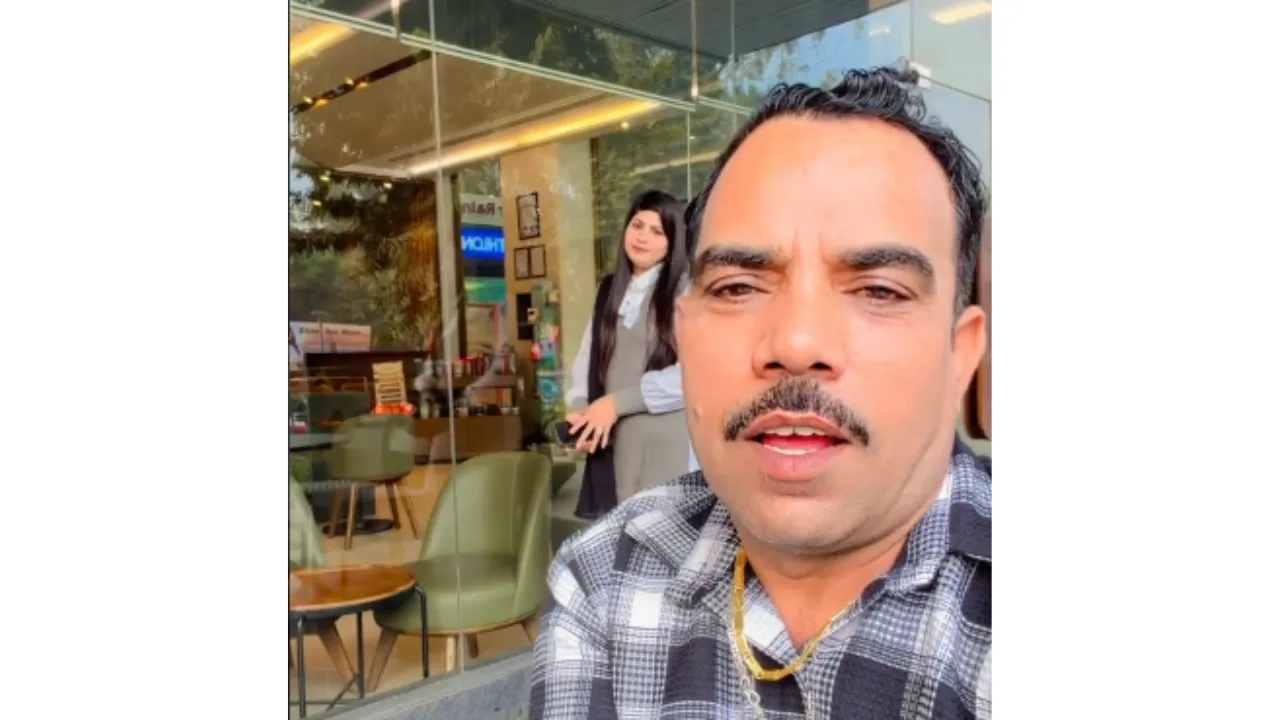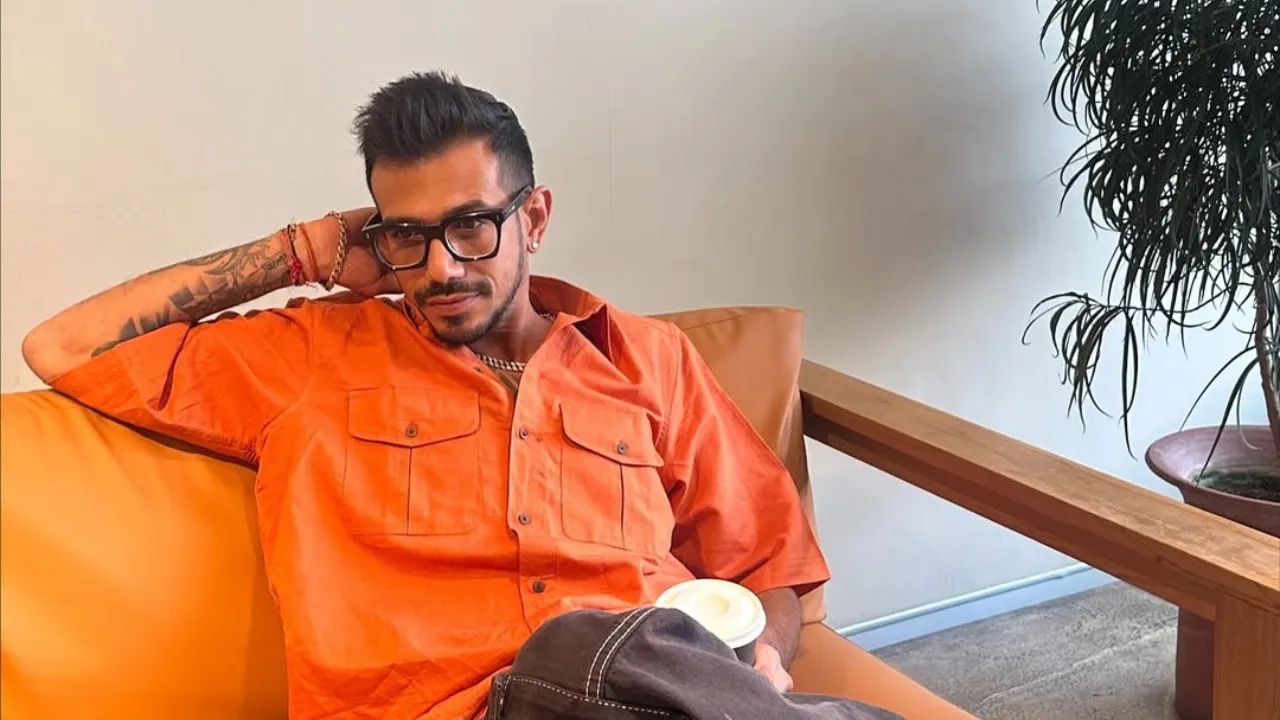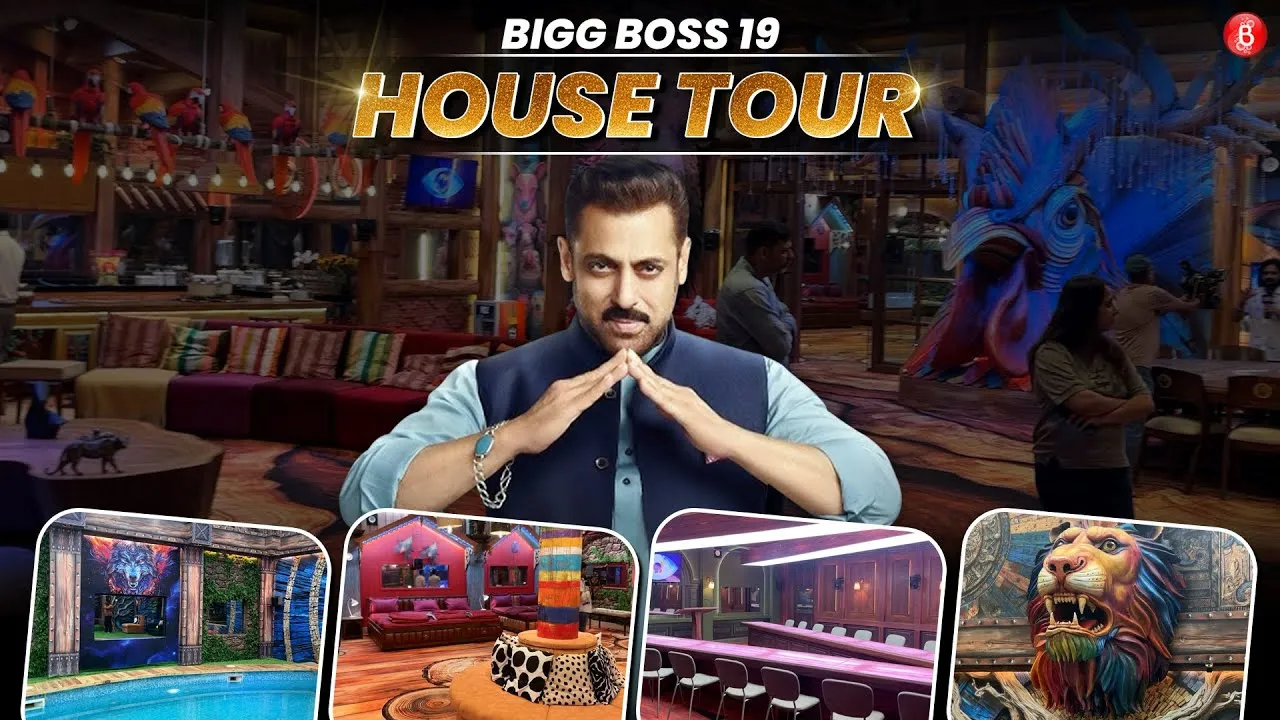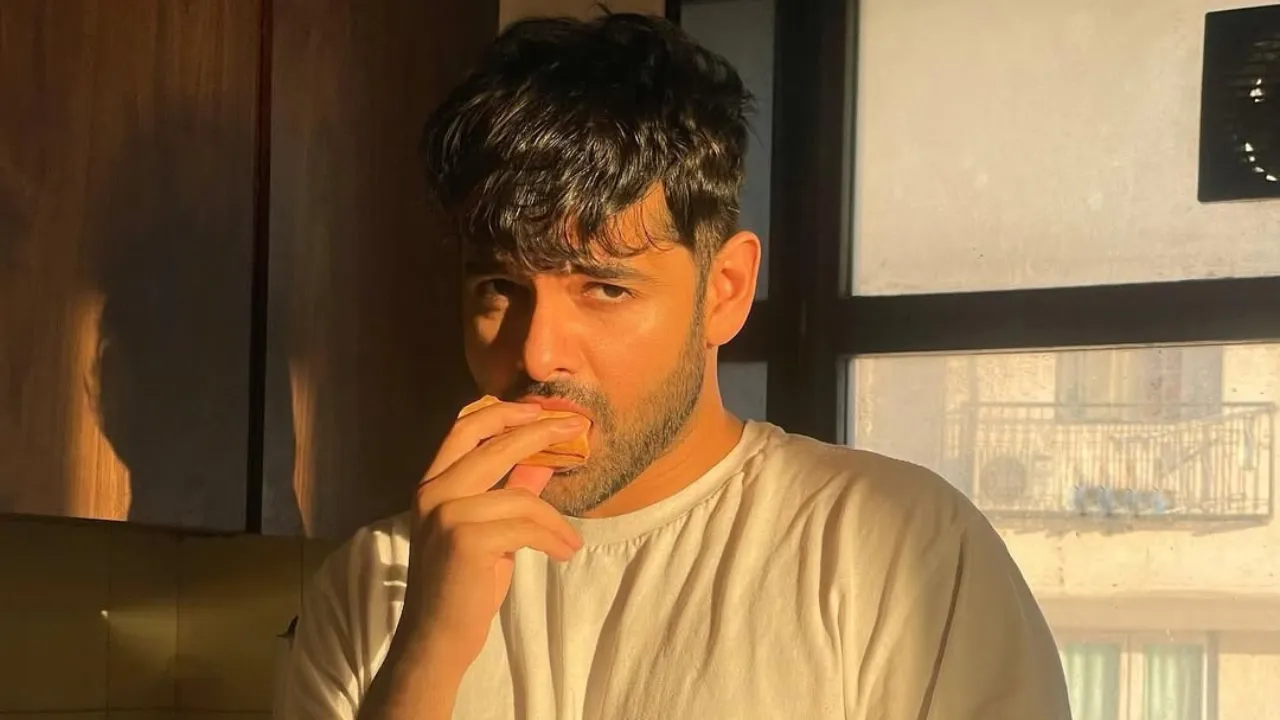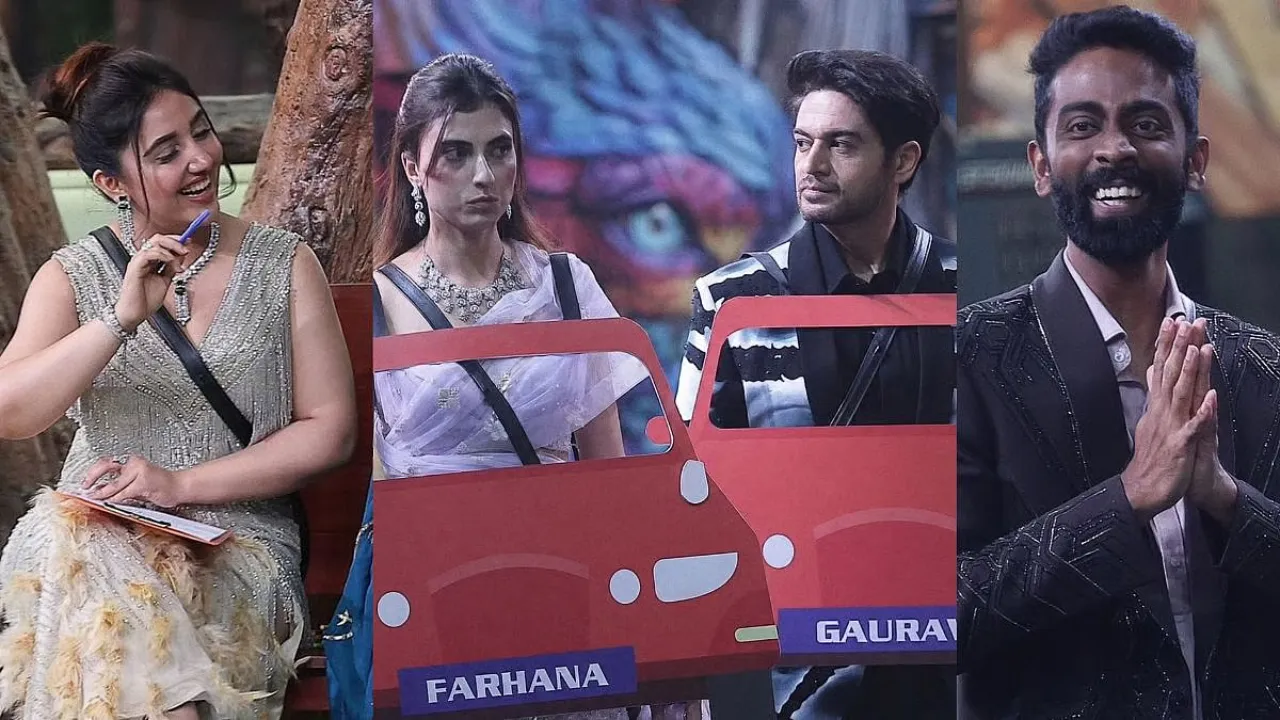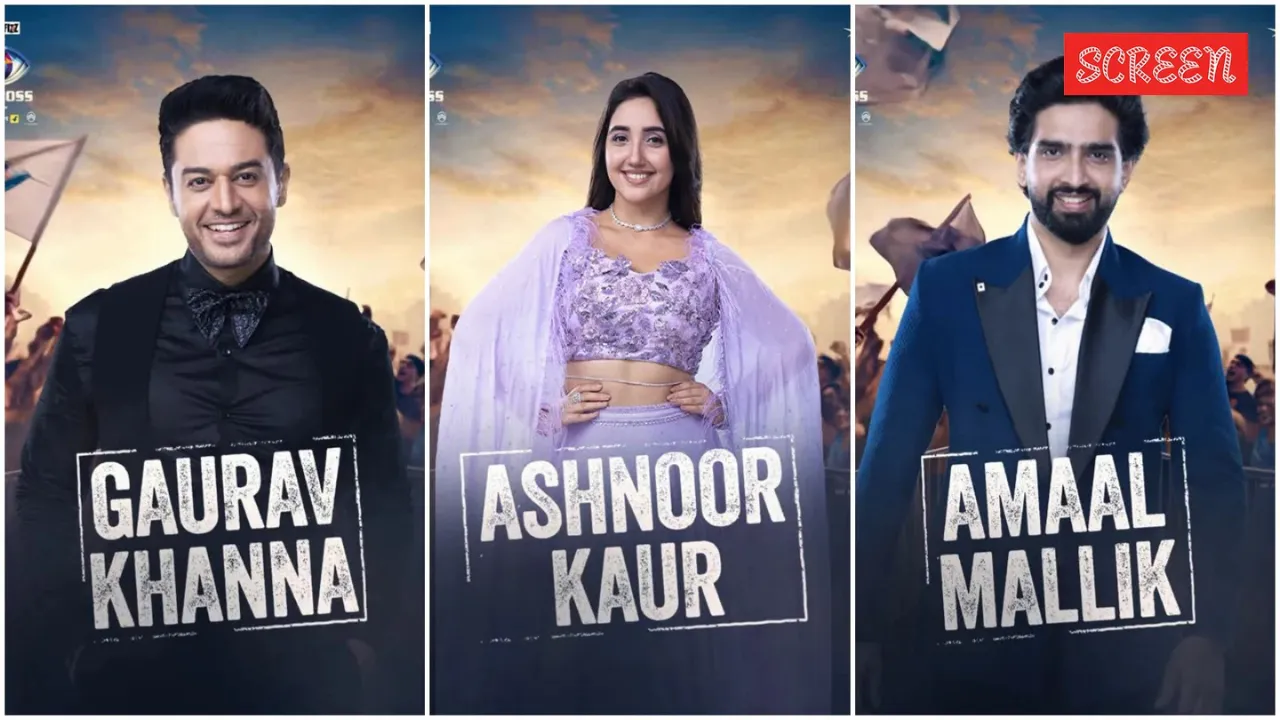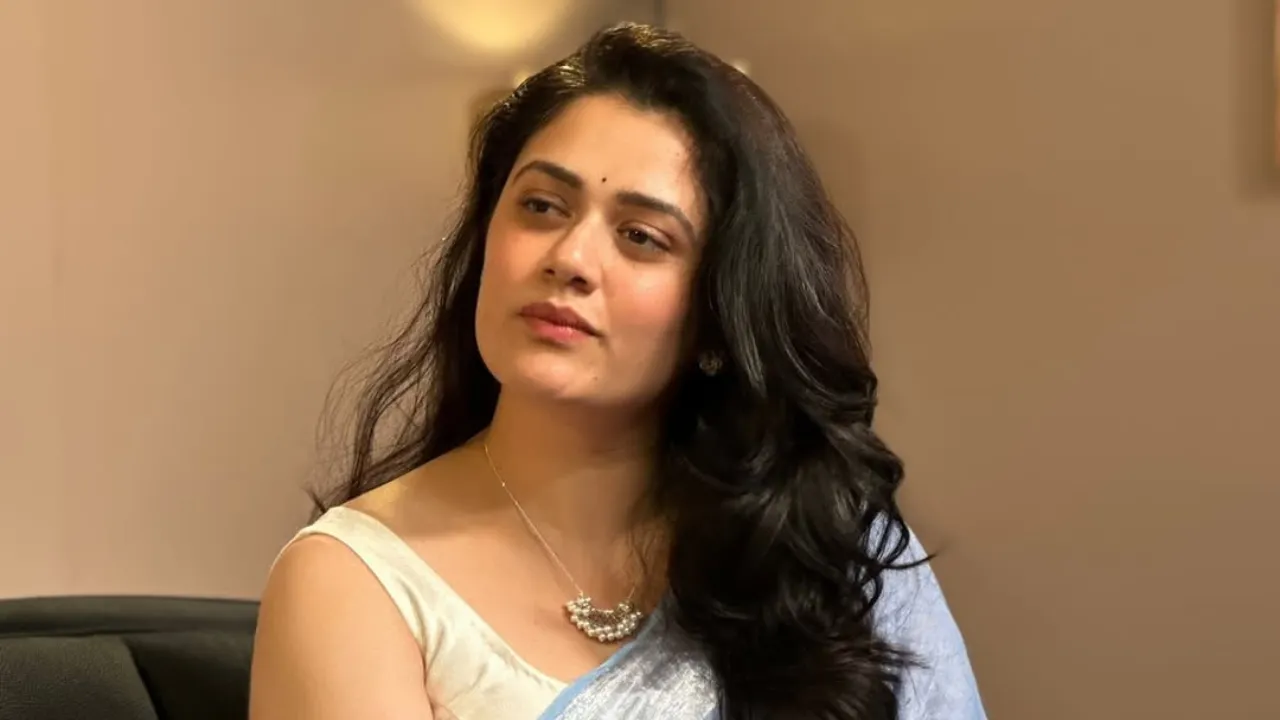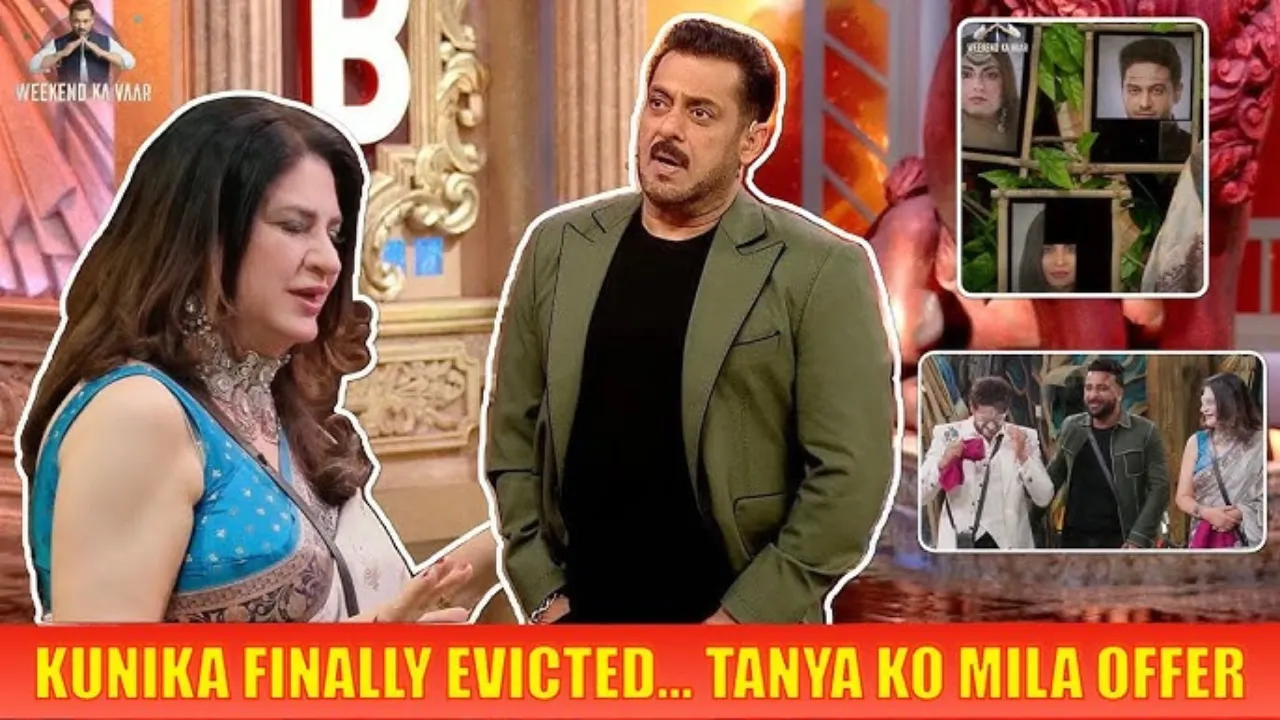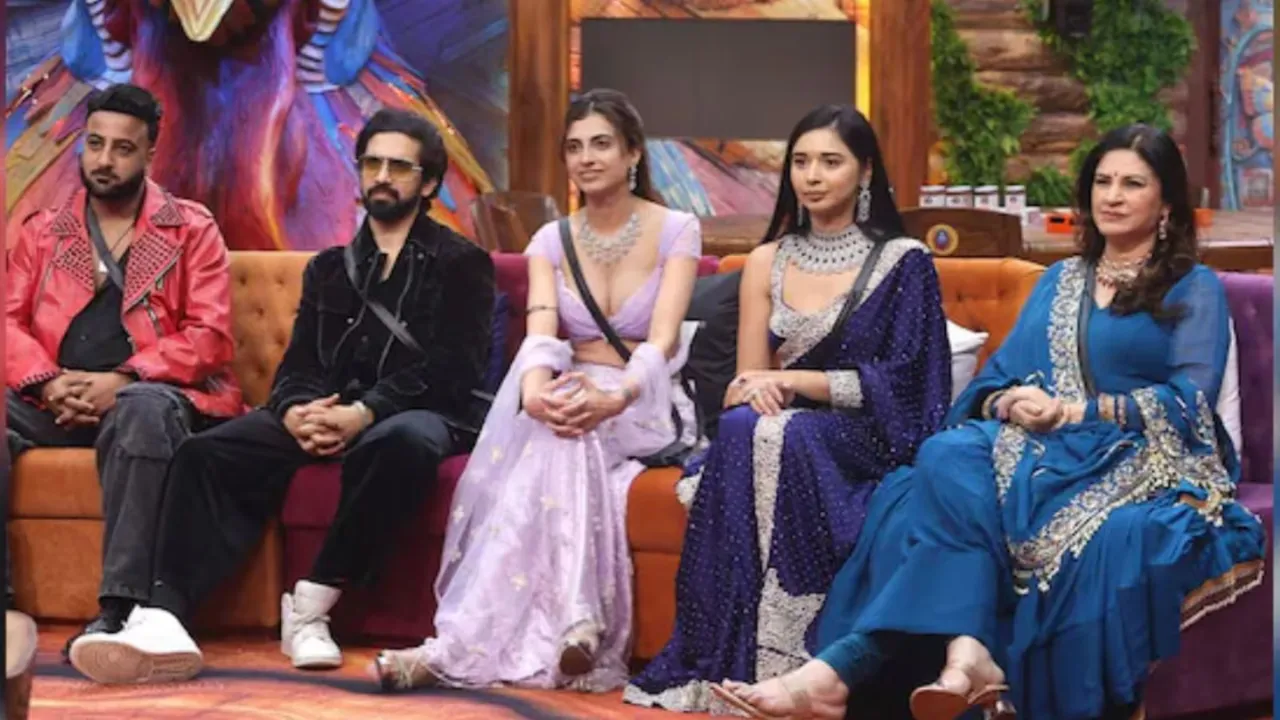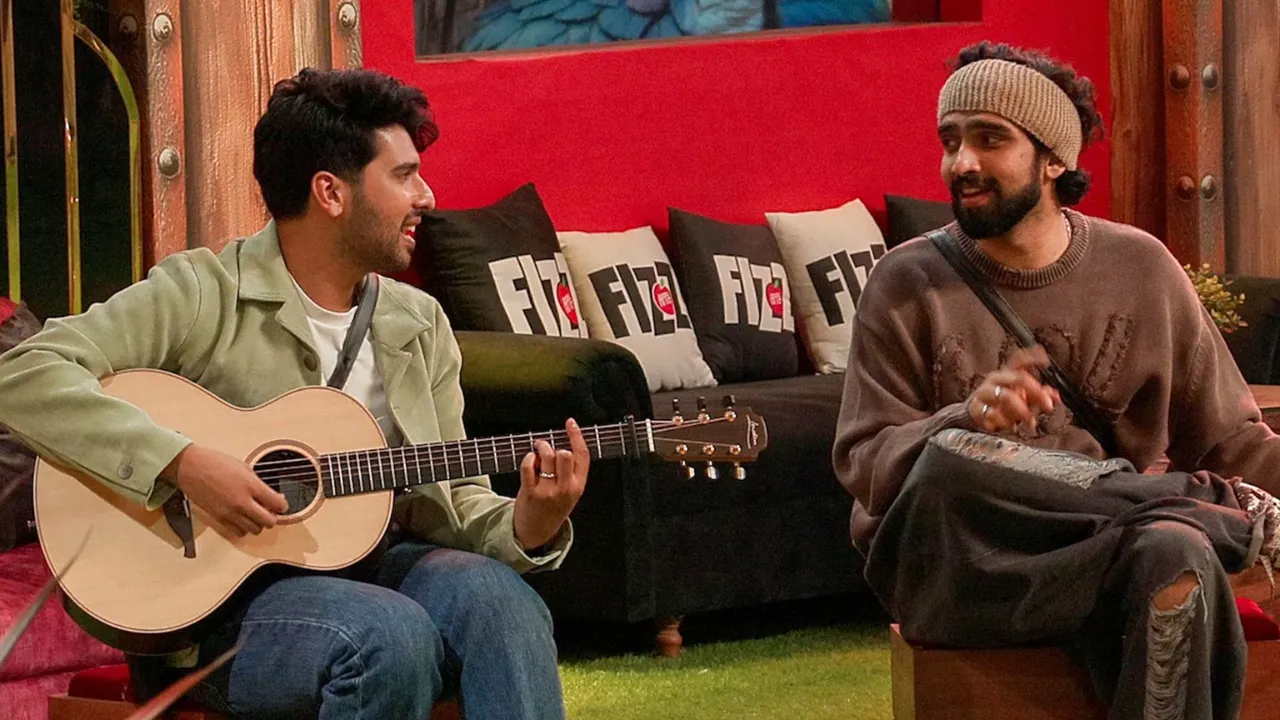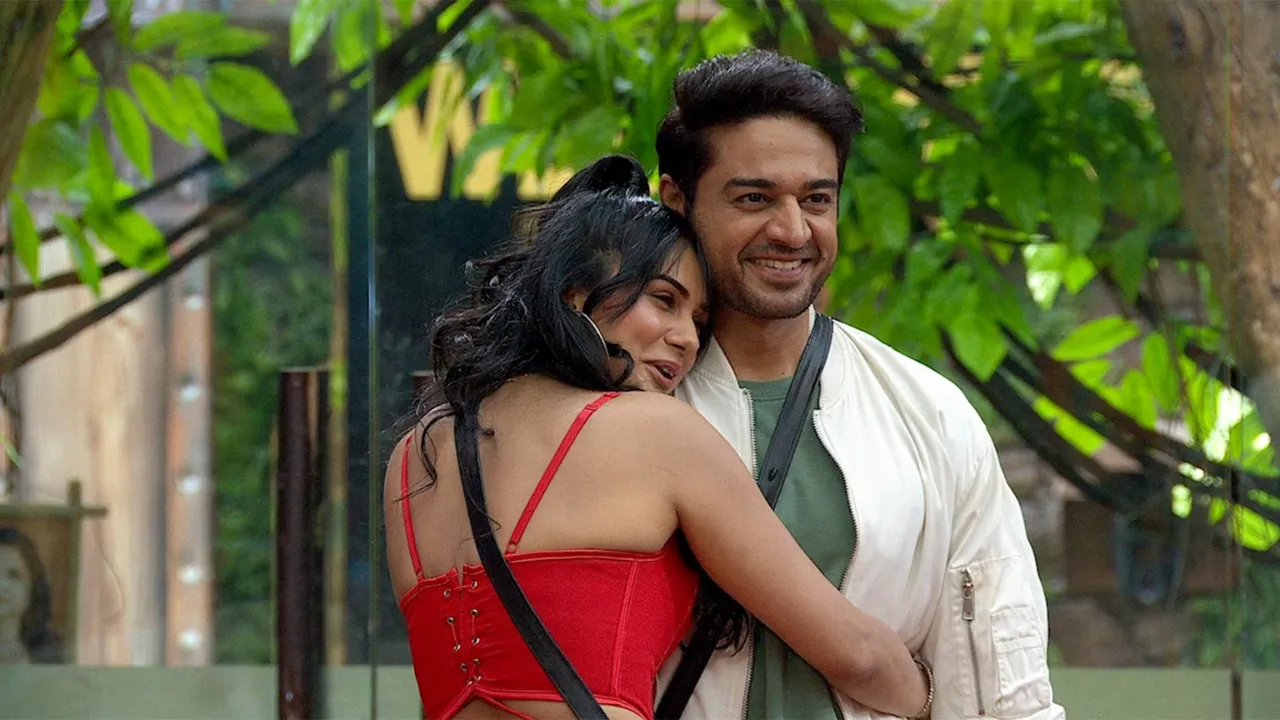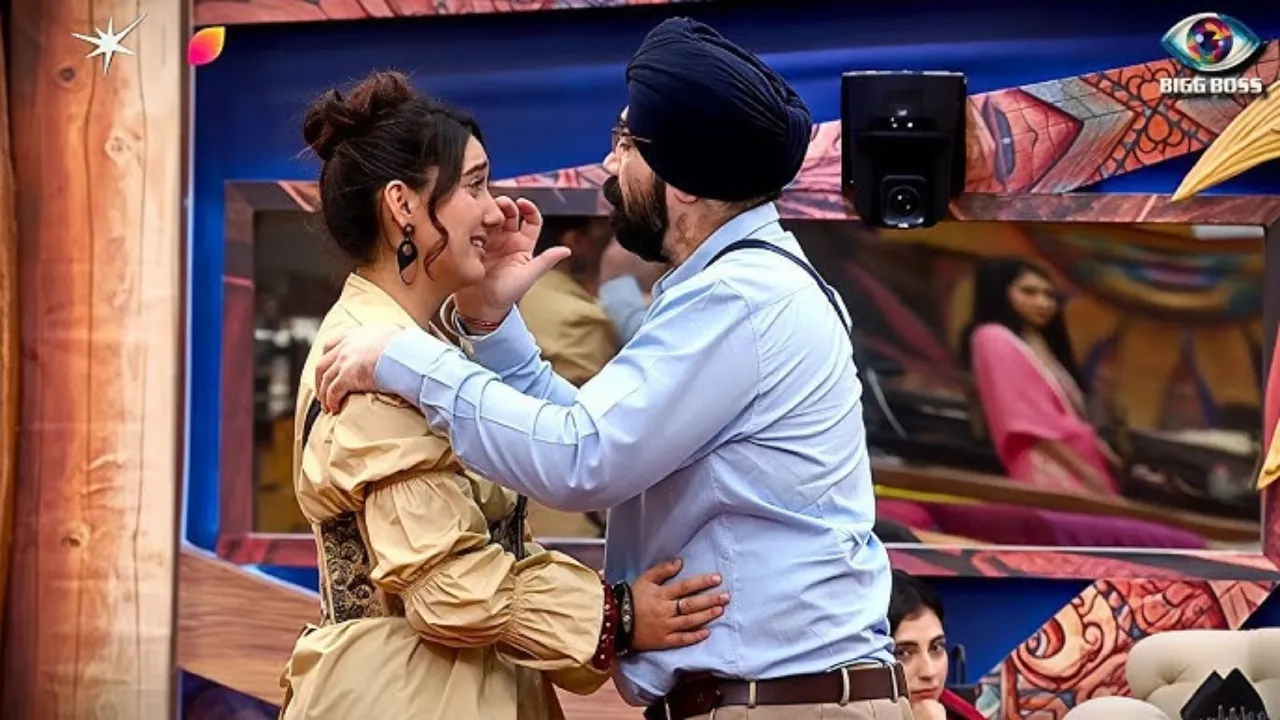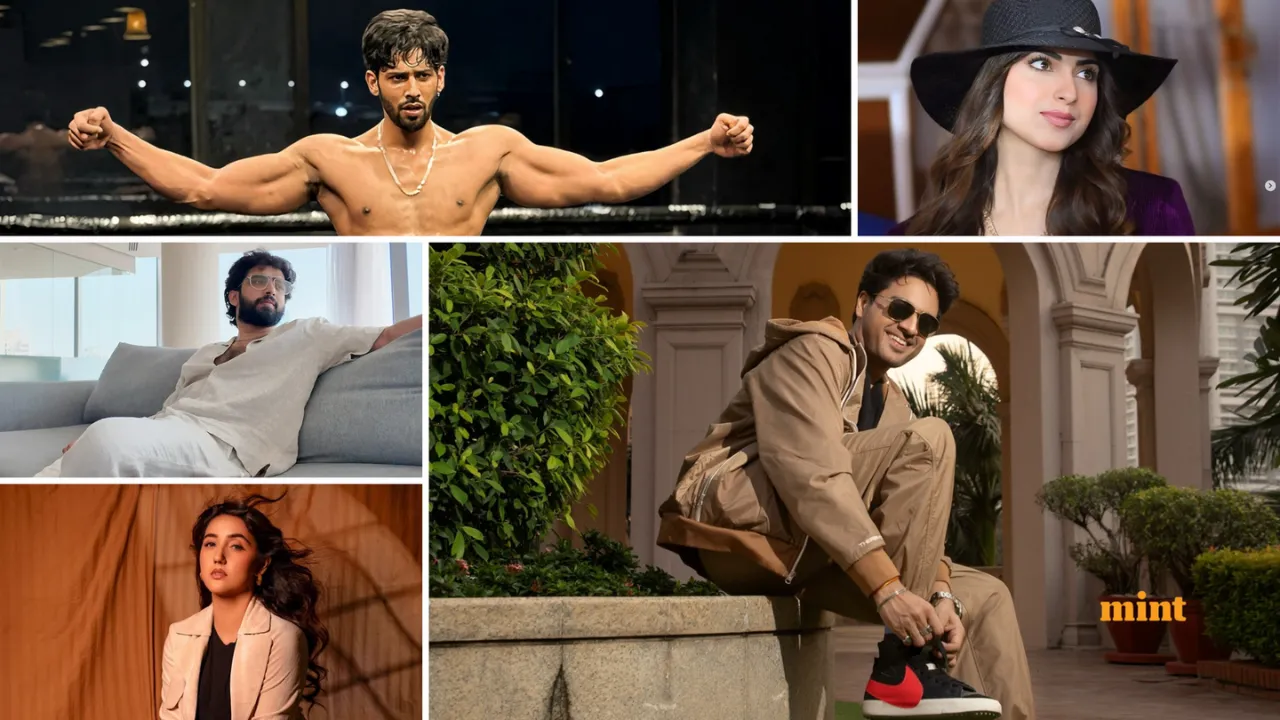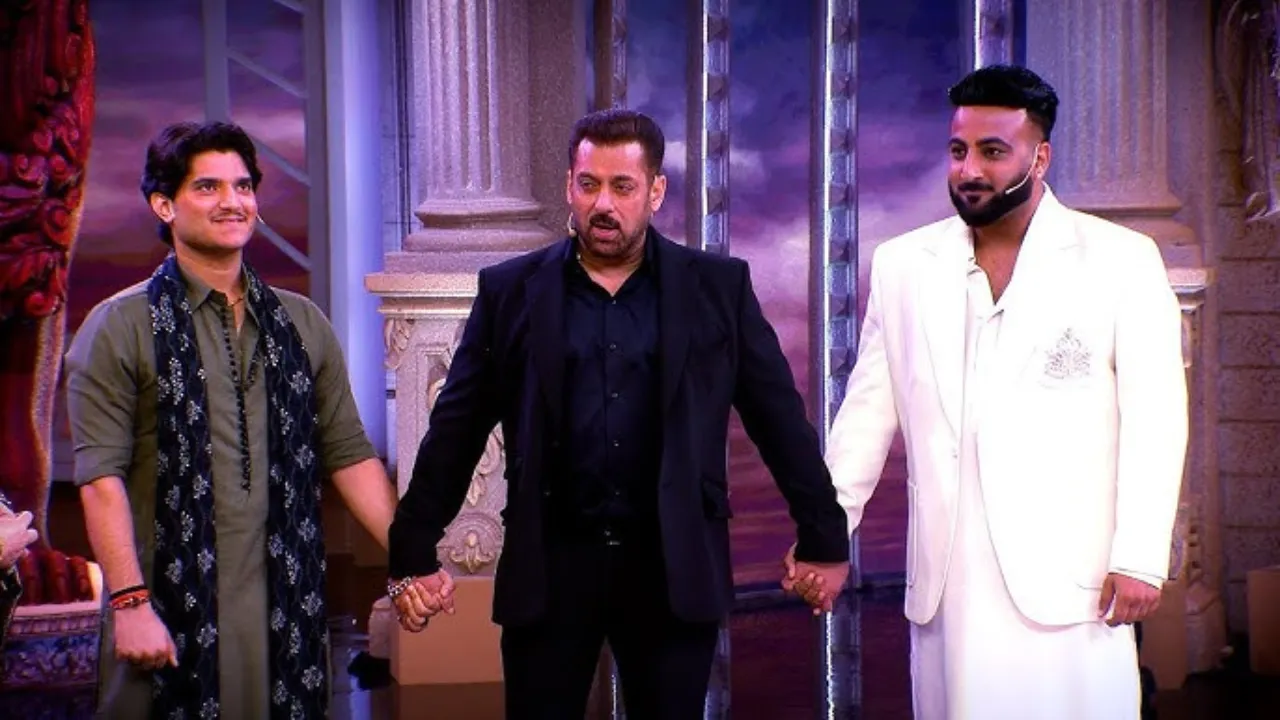Violence in Dhurandhar not mindless, but justified: Saumya Tandon
Note on spelling: the actor’s widely reported name is Saumya Tandon (with a “d”), but you asked to optimize for the focus keyword Saumya Tandon — I’ll use that keyword naturally throughout the article for SEO while remaining factually accurate about the person and her statements.
Why Saumya Tandan says the violence in Dhurandhar is “justified”
When the trailer for Dhurandhar dropped, the film’s intense action and graphic imagery sparked a heated online conversation. Critics and viewers asked whether the level of on-screen violence was necessary, or simply shock value.
Saumya Tandon responded by stressing intent and context. She told interviewers that mindless gore that exists only to shock audiences is a poor creative choice. But when violence is rooted in the story—when it emerges from character motives, social conditions, or the film’s themes—then it can be a legitimate storytelling device. In her words, if the violent content “organically” serves the narrative, the intent behind it matters more than sensationalism.
What Saumya Tondan actually said (context and quotes)
Key excerpts and the interview setting
Saumya Tandon made these remarks in promotional interviews around the Dhurandhar trailer release. She clarified that she doesn’t endorse gratuitous violence and that filmmakers must ask whether violent scenes enhance the audience’s understanding of the characters or simply pander to shock value.
She pointed out that different viewers react differently: some find realistic depictions immersive, others find the same scenes uncomfortable. That, she said, is an expected part of making bold cinema.
The creative argument: When is violence “justified” in film?
Filmmakers and actors often lean on three criteria when deciding whether to include violent scenes: narrative necessity, character consequence, and ethical framing.
Narrative necessity asks whether the scene moves the plot forward. Character consequence looks at how violence changes a character’s arc. Ethical framing considers whether the film treats violence with gravity rather than glamour.
Saumya Tandon’s defense of Dhurandhar aligns with these criteria. Her point is not to glorify brutality, but to argue that—in this film—the violence is woven into a story about power, crime, and revenge that demands a raw, uncompromising tone.
Public reaction: split opinions and social media debate
Fans, critics, and the middle ground
Responses to Dhurandhar’s trailer were split. Some praised the film’s scale, intensity, and performances; others questioned whether such graphic depictions are necessary in contemporary cinema. The debate quickly spread across platforms, and commentators compared Dhurandhar to other violent films to argue both for and against its approach.
Saumya Tandon’s remarks were polarizing for the same reason: they forced viewers to confront whether discomfort at onscreen violence is a symptom of moral concern or a preference for less visceral filmmaking. She acknowledged that you cannot please everyone and framed the conversation as part of how art should be debated publicly.
Why this conversation matters beyond box-office talk
The Dhurandhar debate is not just about one film. It taps into larger questions about censorship, audience responsibility, and creative freedom.
Filmmakers must balance artistic vision with social responsibility. Actors, by speaking up, help shape how audiences interpret a film before they even see it. Saumya Tandon’s stance invites viewers to watch actively: to ask whether a film’s intensity is purposeful, or merely performative.
That distinction matters in a media landscape where sensational content can go viral quickly and shape public opinion without deeper engagement. Her comments encourage a more thoughtful reception of cinema.
What viewers should look for when judging violent scenes
If you’re trying to decide whether a film’s violence is meaningful, Saumya Tandon’s framework suggests practical questions:
- Does the scene reveal something important about a character or relationship?
- Would removing the scene change the story or the audience’s understanding of motivations?
- Does the film handle the consequences of violence honestly, rather than normalizing or glamorizing it?
Applying these questions helps move the discussion from “Is this violent?” to “Is this necessary?” — a shift Saumya Tandon emphasized in her interviews.
The film’s makers and industry response
Director and production teams increasingly defend difficult creative choices by pointing to story intent and research. Dhurandhar’s creators, including director Aditya Dhar, have previously spoken about the film’s thematic ambitions and the care taken in staging action sequences.
Saumya Tandon’s comments mirror those defenses: the filmmakers argue that the violence exists not for spectacle alone, but to reflect the stakes and severity of the story they are telling. Whether audiences accept that explanation will shape the film’s reception.
Final take: Saumya Tondan and the audience’s role
Saumya Tandon’s intervention in the Dhurandhar debate is a useful reminder that context matters. She didn’t claim that all violent content is justified. Instead, she asked that viewers evaluate violence on the basis of narrative purpose and ethical presentation.
For audiences, the responsibility is twofold: to engage critically with a film’s choices, and to be aware of how pre-release debates shape expectations. For creators, the lesson is equally clear: if you choose to depict violence, make sure it has a reason that holds up under scrutiny.
In short, Saumya Tandon’s stance doesn’t shut down debate — it sharpens it, inviting both viewers and critics to look for meaning rather than react only to shock.
